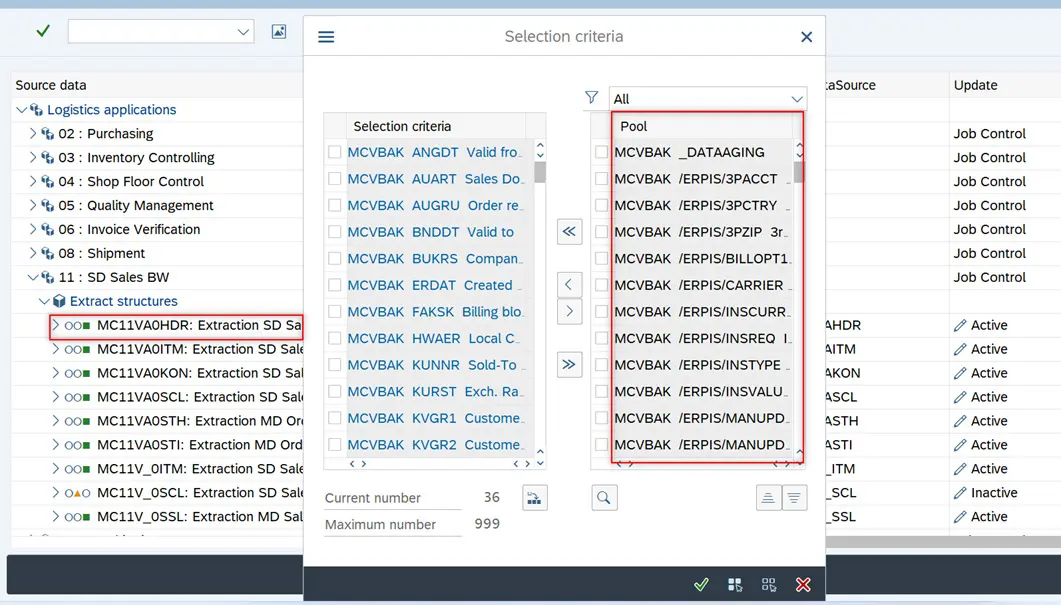Microsoft SQL Server and Change Data Capture Feature
In today’s
data-driven business environment, the Change Data Capture (CDC) feature gives
an edge in operational efficiencies to organizations. CDC stops data breaches
by creating a firewall for databases and stores values of all changes made to
databases without compromising them in any manner.
In the past, businesses had made a demand for these features and various databases had tried varied solutions but without much success. These included triggers, timestamps, complex queries, and data auditing. It was only after Microsoft launched their SQL Server CDC tool that users got what they had always asked for.
Microsoft launched SQL Server CDC IN
2005 with “after update”, “after insert”, and “after delete” capabilities.
However, DBAs considered it too complex and invasive and hence, it was not
well-received. Based on this feedback, Microsoft launched a new version in 2008
that was technologically advanced with several cutting-edge features. These are
still to be found in the present version of SQL Server CDC.
What then are the functions of SQL
Server CDC.
Change Data Capture monitors all changes
made to data made in tables and stores them so that action as required can be
taken on them later. The changes are stored in relational tables and can be
retrieved whenever necessary with T-SQL.
A mirror image of the tracked table is
created whenever the CDC feature is applied to a database table. This new table
has additional columns of metadata that checks for changes made to a database
row. These extra columns are the only points of differences between the
original and the replicated table. All other attributes of the two are similar
in all respects.




Comments
Post a Comment